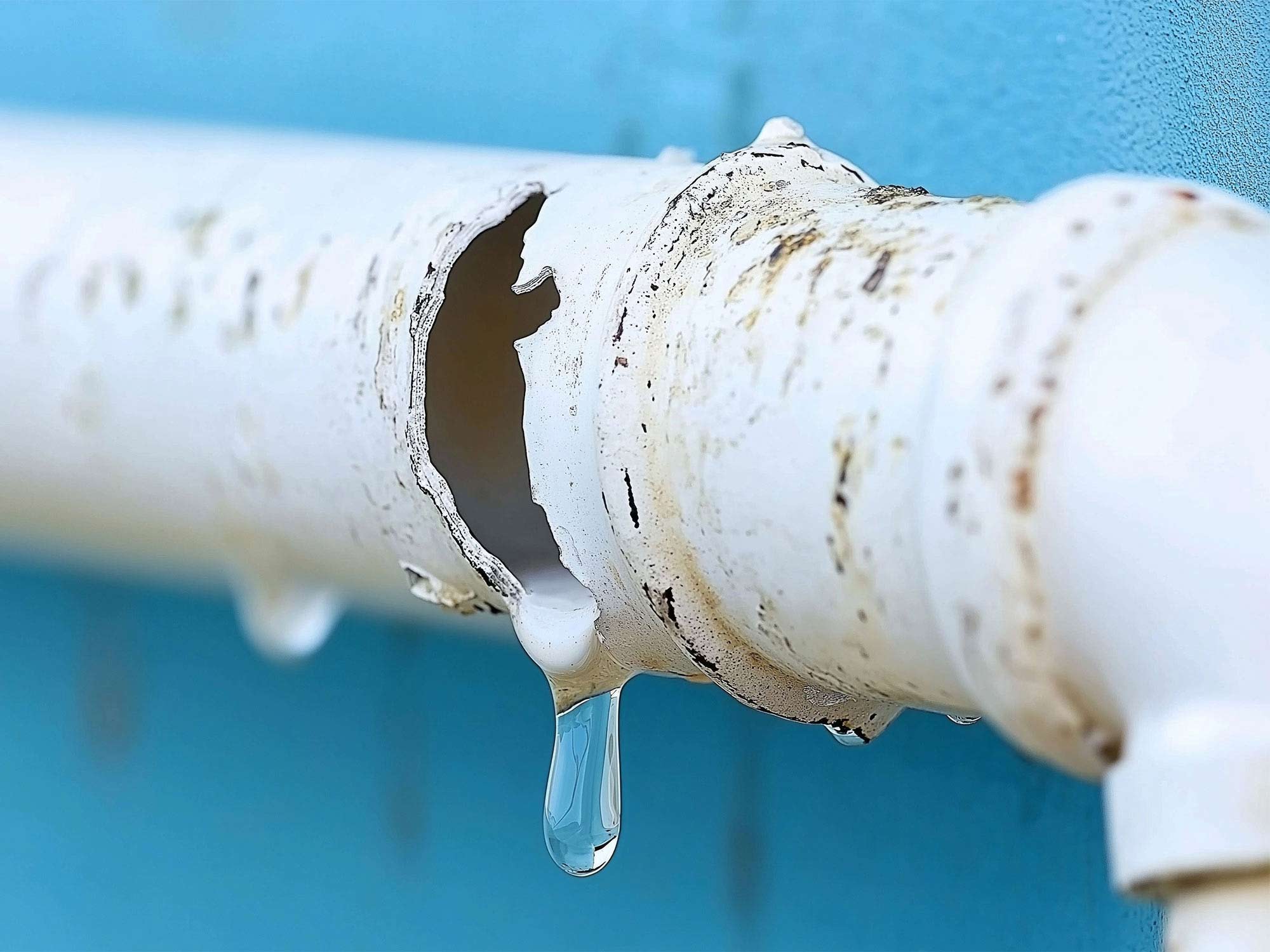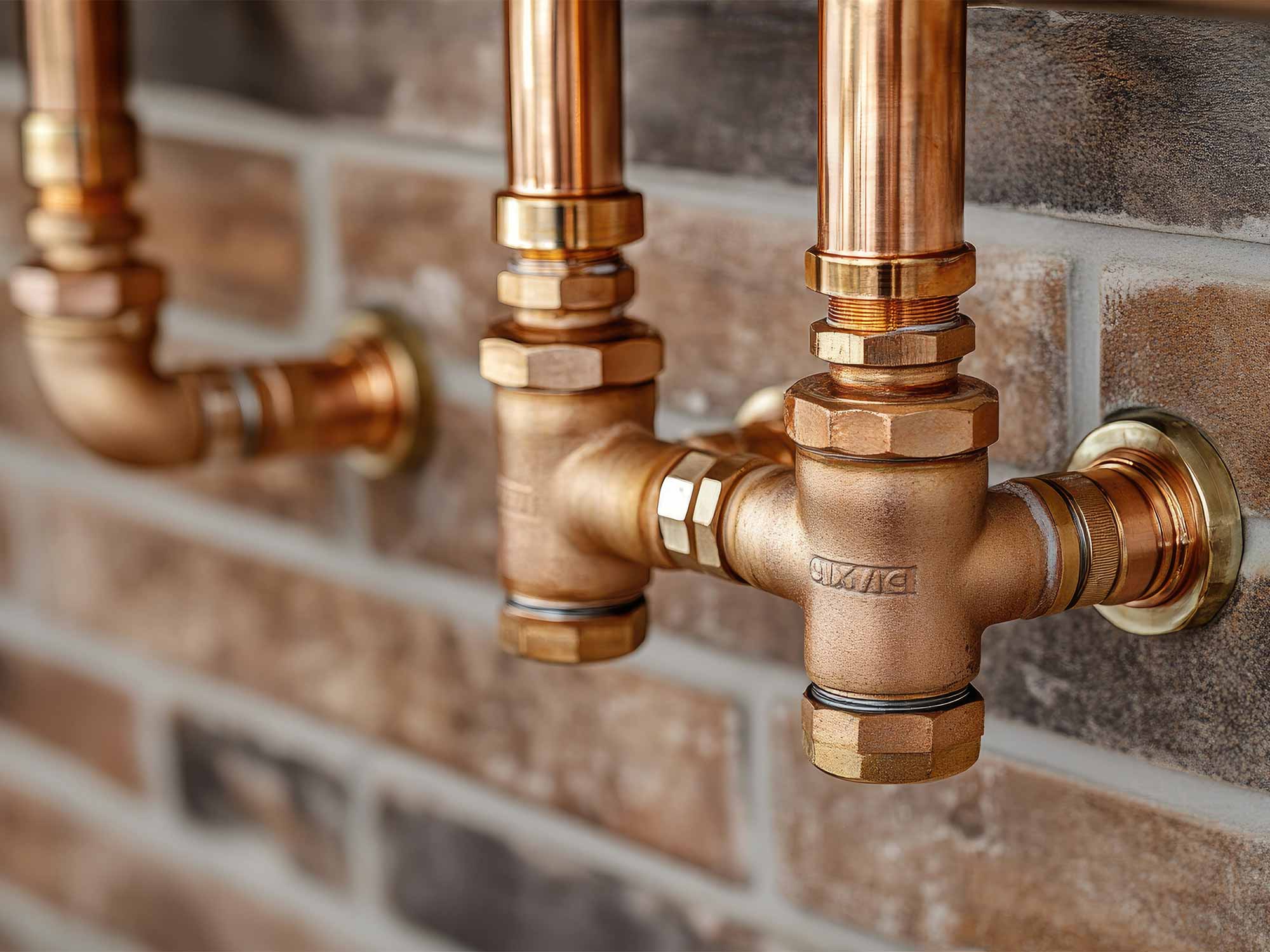If you own or live in an older home, you may have encountered the term Quest plumbing and wondered what it refers to. Quest plumbing, also known as polybutylene (PB or “Poly B”) plumbing, was a popular plumbing material used in residential construction from the 1970s to the mid-1990s. It was marketed as a cost-effective and easy-to-install alternative to traditional materials like copper. However, over time, Quest pipe has been associated with significant problems, leading to widespread replacements and lawsuits.
This blog will explain what Quest pipe is, why it’s problematic, and what steps you should take if you’re experiencing issues.
What Is Quest Pipe?
Quest plumbing refers to a brand of polybutylene pipes produced for water supply systems. These pipes are typically gray, blue, or black and were used extensively in homes across the United States.
Key features of Quest Piping include:
- Flexible and lightweight design for easy installation.
- Lower cost compared to materials like copper.
- High resistance to scaling and corrosion.
While Quest piping seemed like a revolutionary choice at the time, it soon became apparent that it had significant flaws, particularly in its susceptibility to failure under certain conditions.
Why Is Quest Piping Problematic?
Over time, polybutylene pipes became infamous for their tendency to degrade and fail. The primary issue lies in how the pipes interact with chlorine and other oxidants in water. These chemicals cause the material to become brittle, leading to cracks, leaks, and catastrophic failures.
Common problems with Quest Piping include:
- Frequent Leaks: As the pipes weaken, they are more likely to develop pinhole leaks or burst under pressure.
- Reduced Durability: The degradation process can occur gradually, making it hard to detect issues until significant damage occurs.
- High Repair Costs: Repeated repairs can add up quickly and may not provide a permanent solution.
- Home Damage: Water leaks from failing pipes can lead to structural damage, mold growth, and costly repairs.
Due to these widespread failures, Quest plumbing has been phased out of the market, and many homeowners have opted for complete replacement.
What Should You Do If You Have Quest Piping?
If your home still has Quest plumbing, it’s important to address the issue proactively to avoid costly repairs and potential property damage. Here are the steps you should take:
1. Inspect Your Plumbing System — The first step is to confirm whether your home has Quest plumbing. Look for gray, blue, or black plastic pipes in exposed areas such as basements, crawl spaces, or under sinks. If you’re unsure, consult a professional plumber to assess your system.
2. Monitor for Signs of Problems — Keep an eye out for signs of plumbing issues, including:
- Unexplained increases in your water bill.
- Visible leaks or moisture around pipes.
- Reduced water pressure in your faucets.
- Discoloration or staining on walls or ceilings.
3. Consider a Whole House Repipe — Given the inherent flaws of Quest plumbing, repairing isolated leaks may not be a long-term solution. Many homeowners choose to replace the entire plumbing system with more reliable materials like PEX or copper.
- PEX Repiping: A cost-effective and durable alternative that resists corrosion and chemical damage.
- Copper Repiping: A long-lasting option with excellent reliability and performance.
The average cost to repipe a house with PEX ranges from $4,000 to $8,000, while copper repiping can cost between $5,000 and $15,000.
4. Work with Repipe Specialists — If you decide to replace your Quest plumbing, consult experienced repipe specialists or a trusted repipe company to ensure the job is done correctly. They can evaluate your system, provide an accurate estimate, and recommend the best materials for your home.
5. Check for Homeowner’s Insurance or Warranty Coverage — Some homeowner’s insurance policies may cover damage caused by failing Quest plumbing, although many have exclusions for known defective materials. If your home was built during the time Quest plumbing was widely used, check whether any warranties or legal settlements might apply.
Why You Should Act Quickly
Delaying action on Quest plumbing can lead to:
- Higher water bills due to undetected leaks.
- Significant property damage from sudden pipe failures.
- Difficulty selling your home, as many buyers now request plumbing inspections for older properties.
By addressing the issue promptly, you can save money and protect your home’s value.
Quest Pipe Conclusion
Quest plumbing, once a popular choice, has proven to be a problematic material due to its susceptibility to chemical damage and failure. If your home still has Quest plumbing, it’s crucial to monitor for issues, plan for a whole house repipe, and consult with qualified our team of Repiping Plumbers.
Replacing Quest piping with modern materials like PEX or copper ensures the reliability and safety of your home’s water system while protecting you from unexpected repair costs and water damage. Don’t wait for a failure—invest in a long-term solution today.
Call 904-233-1617 now to speak with a professional from our licensed team if you know or suspect you have Quest piping in your home!




